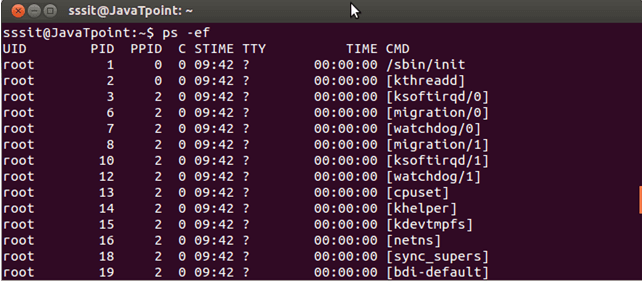
The “ ” parameter allows you to control the results of the ps command. The syntax for the ps command is straightforward thanks to it being entirely controlled through its options parameter.īelow is the syntax you will need to follow when using the ps utility. Example of Listing Processes by Terminal.Viewing Processes Started By a Specific Terminal.Selecting Processes Using Multiple Parent Process IDs.Selecting Processes Using a Single Parent Process IDs.Example of Selecting Processes Using the Parent Process ID.Example of Selecting Processes by their ID.Using the ps Command to View Processes by ID.Example of Selecting a Process Based on Command Name.Selecting Processes Based on Their Command Name.Example of Selecting Processes Based on Their Real Group ID.Example of Selecting Processes Based on Their Effective Group ID.Example of Selecting Processes by their Real User ID.Example of Selecting Processes by their Effective User ID.Retrieving the Long Format from the ps Command.Syntax for Displaying the Extended Full Format Listing.Syntax for Displaying the Full Format Listing.

Full Format Listing from the ps command.

#LIST PROCESSES LINUX HOW TO#
Over the following few sections, we will explore how to use the ps command on your Linux system. It is a solid alternative to other commands that provide information about running processes such as the top command. Using this, you can see the various information about your processes, including their ID, priority, memory usage, CPU usage, and more. By default, this command will limit its results to the current user and the current terminal session. The ps command allows you to list the status of processes running on your system easily. “ps” stands for process status and is a powerful tool that provides information about processes on your Linux system.


 0 kommentar(er)
0 kommentar(er)
